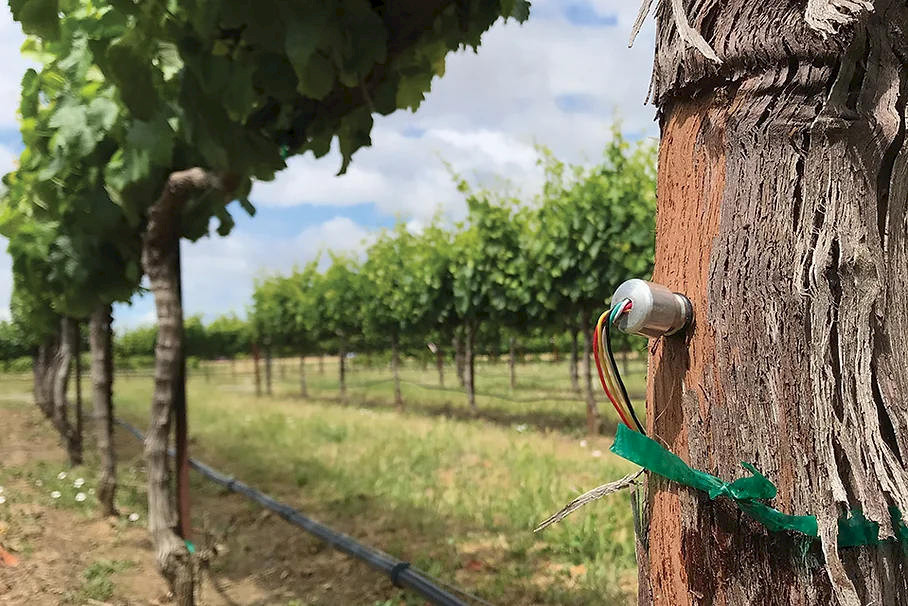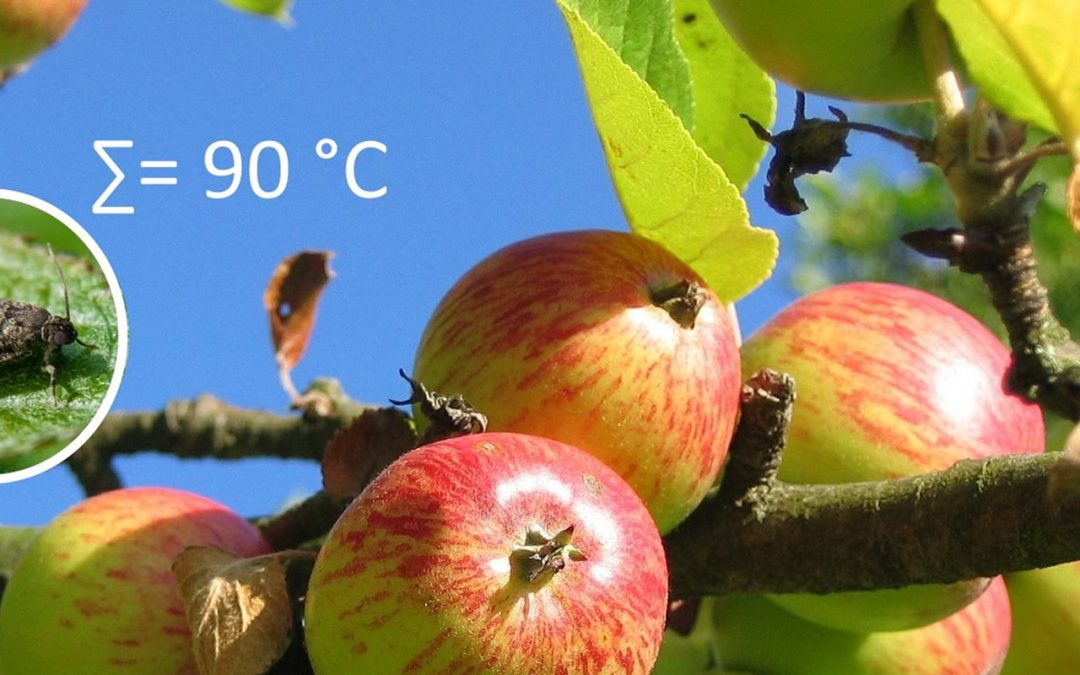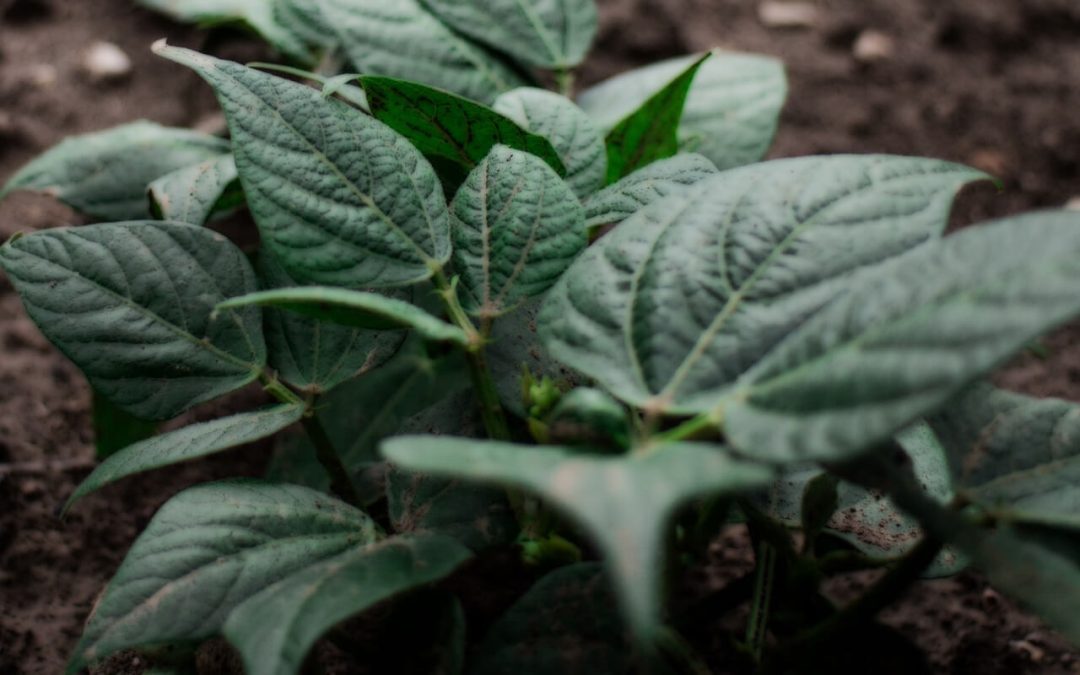Measuring Water Potential in Plants
Measuring plant water potential in plants refers to assessing the force by which water within the plant is “pulled” or “held” based on the pressure differences in various parts of the plant. Water potential is crucial for understanding water dynamics in plants, as it allows for assessing the plant’s ability to absorb water from the soil, transport it to different parts, and respond to stress conditions like drought.
Here are some key points about water potential and its measurement:
1. What is plant water potential?
Water potential represents the energy of water within the plant and is measured in units of pressure, typically megapascals (MPa) or bars. This potential determines the direction of water movement within the plant and between the plant and its environment. Water always moves from areas of higher water potential to lower water potential, which is essential for ensuring proper hydration of plant cells and tissues.
- Components of waterinclude:
- Pressure potential: Related to mechanical pressure within the plant (turgor pressure).
- Osmotic potential: Determined by the concentration of dissolved substances in the cellular fluid.
- Matric potential: Linked to the ability to retain water in tissues and soil.
2. Methods for measuring plant water potential
Several methods are commonly used to measure water potential, including:
a. Pressure chamber (Scholander bomb)
This is a traditional method for measuring plant water potential, where a leaf or branch is placed in a chamber and subjected to pressure until water starts to emerge from the veins. The water potential corresponds to the pressure required to force the water out, reflecting the internal stress the plant experiences due to water deficiency. For more you can read here.
b. Tensiometers
Tensiometers measure soil water potential rather than the plant itself, but these data can be useful for assessing water availability to plants. Tensiometers consist of water-filled tubes with a porous ceramic tip embedded in the soil. As the soil dries out, water from the tensiometer evaporates through the porous tip, creating a vacuum in the tube that measures the soil’s water potential.
c. FloraPulse microtensiometer
The FloraPulse microtensiometer is an innovative MEMS sensor that is embedded into the woody tissue of plants and uses a nanoporous silicon membrane to measure the plant’s water potential. It allows continuous monitoring and provides accurate data without the need for manual measurements, replacing the pressure chamber method.
3. Why is measuring water potential important?
- Monitoring drought stress: Plants under water stress show lower water potential, and measurement can indicate when the plant needs irrigation.
- Optimizing irrigation: In agriculture and horticulture, measuring plant water potential allows for more precise timing and amounts of irrigation, saving resources and preventing over- or under-watering.
- Physiological research: In plant research, water potential helps to understand how plants manage water and how different species respond to environmental changes like drought or soil salinity.
4. Factors affecting water potential
- Soil moisture: When the soil is dry, plants have less access to water, and their water potential decreases.
- Atmospheric conditions: High temperatures and low relative humidity increase transpiration, reducing the plant’s water potential.
- Plant species: Different plants have varying abilities to manage water, leading to different water potentials.
5. Application in agriculture and scientific research
Measuring water potential is essential for understanding plant physiology and optimizing processes in agronomy and horticulture. Based on this data, farmers can efficiently manage irrigation, resulting in higher yields with lower water consumption. Scientists use water potential data to study plant drought resistance and explore new varieties that can better withstand drought conditions.
Conclusion: Water potential is a critical indicator of a plant’s condition in relation to available water, and precise measurement can bring significant benefits in agriculture and research projects. Advanced technologies like microtensiometers offer new opportunities for continuous monitoring and improving efficiency in water management for plants.










